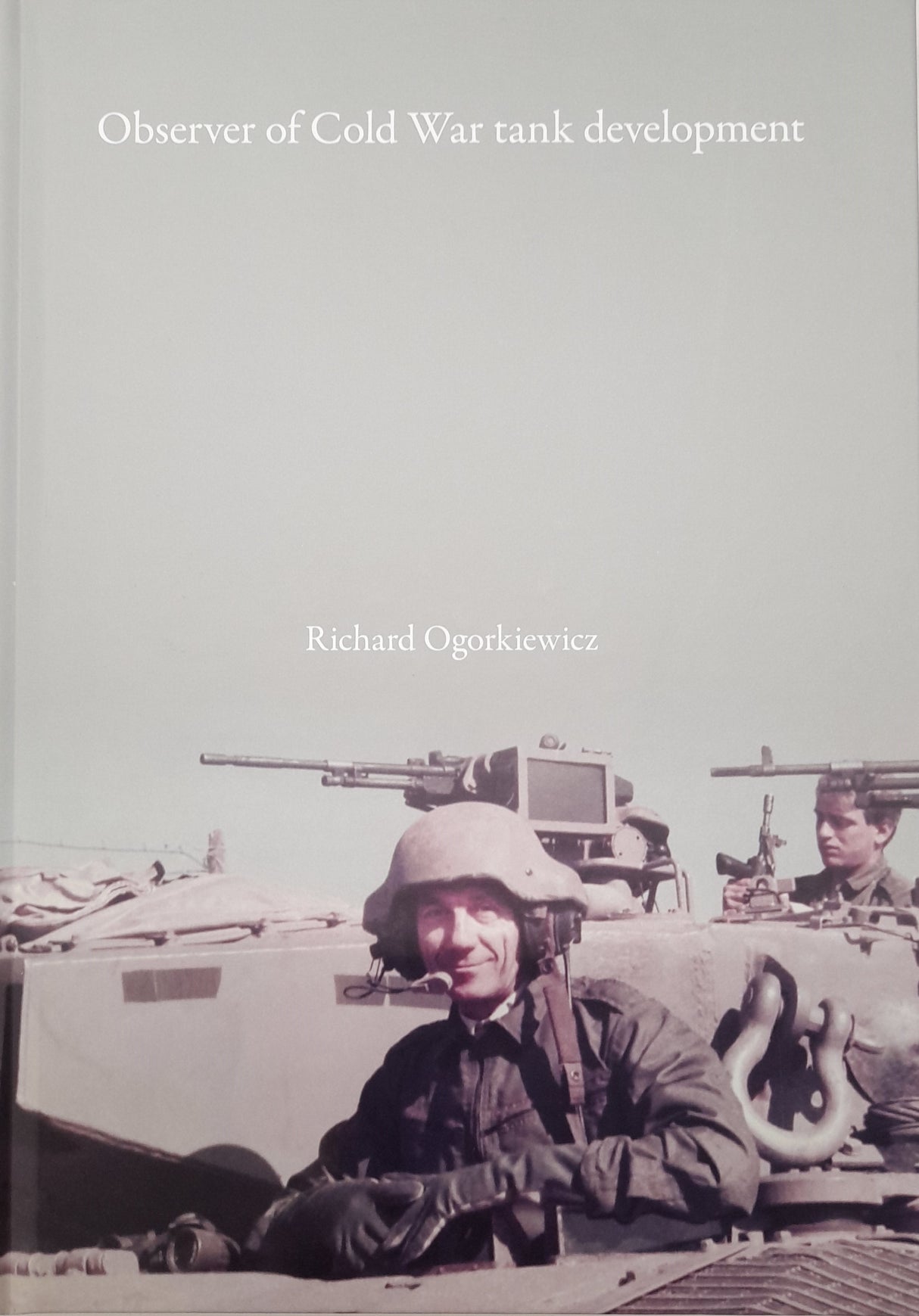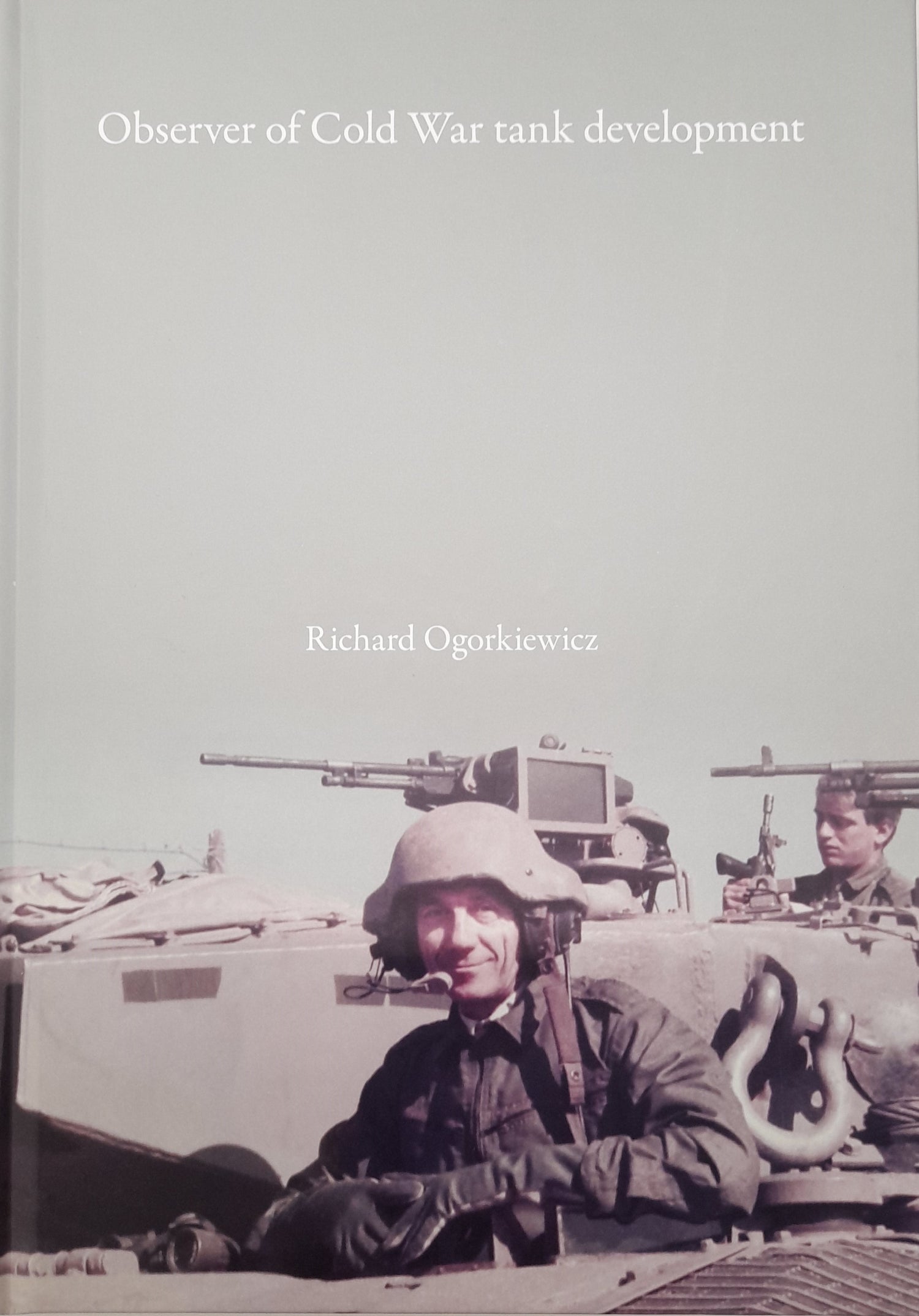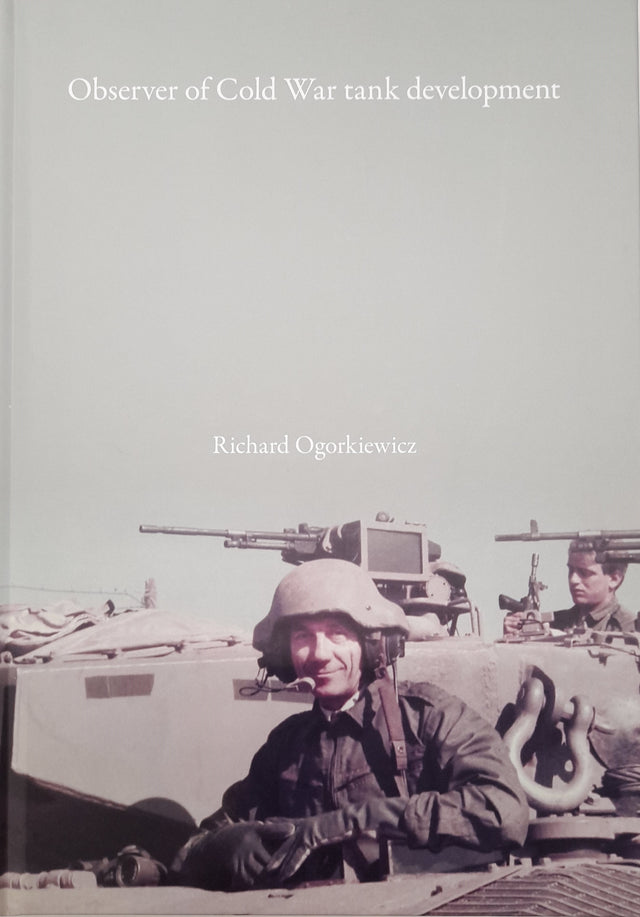Observer of Cold War Tank Development
Observer of Cold War Tank Development is made to order and will ship directly from the factory as soon as it is in stock.
Usually shipped within 24 hours
UK deliveries from £4.95
Delivery & Returns
Delivery & Returns
We use the Royal Mail, DHL Express or UPS for our customers. For UK addresses, deliveries under 10kg are a standard £4.95 via Royal Mail Tracked 48 Service. For orders over 10kg and overseas customers, postage is calculated for you at checkout once you have entered your postal address. This price, does not include any potential custom charges that may apply, depending on the product or destination, as every country has very different import duties / taxes. Online exclusive products (such as trainers) will be delivered to you directly from the printer, separate from other items in your order, but your postage fee covers ALL items in your order.
If you are unhappy with your purchase, please email shop@tankmuseum.org within fourteen (14) working days of receiving your goods, and return it to us at the address below, in its original condition, unopened (with any seals and shrink-wrap intact) and we will issue you a full refund or replace it. Goods must be returned at your own cost. If the item is faulty, you do not need to return it, we will send you a replacement free of charge.
Description
Description
By Richard Ogorkiewicz
Exclusive to The Tank Museum - Hardback 300mm by 220mm
As a young boy caught up in Hitler’s ‘Blitzkrieg’ invasion of Poland in 1939 and right the way through to the post-Cold War era, tanks played the most direct of parts in shaping the fate of Professor Richard Marian Ogorkiewicz.
In this personal record he reveals something of the unrivalled breadth of experience of tank matters that he garnered over seven decades, starting in the latter years of World War 2. As a neophyte, he was able to draw directly on the counsels of the great pre-War prophet of tank warfare Sir Basil Liddell Hart, and on numbers of wartime tank exponents from Britain, France, Germany, Japan and the US.
Fortified subsequently by his own professional engineering involvements in the realms of materials and vehicle propulsion, he became a prolific writer on armoured fighting vehicle development and ultimately the leading international academic in this field.
The Professor’s position was underpinned by the close personal associations he developed with many of the leading tank designers in the Western world, and his clear expositions and analyses of their work came to have a major impact on successive generations of armour students everywhere. His discernment also led to him being called upon as a consultant and lecturer in the design and development of new armoured vehicles to the industry of many countries, in the East as well as the West.
As this book shows, his enduring legacy can today be seen not only in his writings but in the specific design choices that lie behind the operational capabilities of several of the most advanced tanks and other armoured vehicles produced in Asia, Europe, the Middle East, and South America in recent years.







